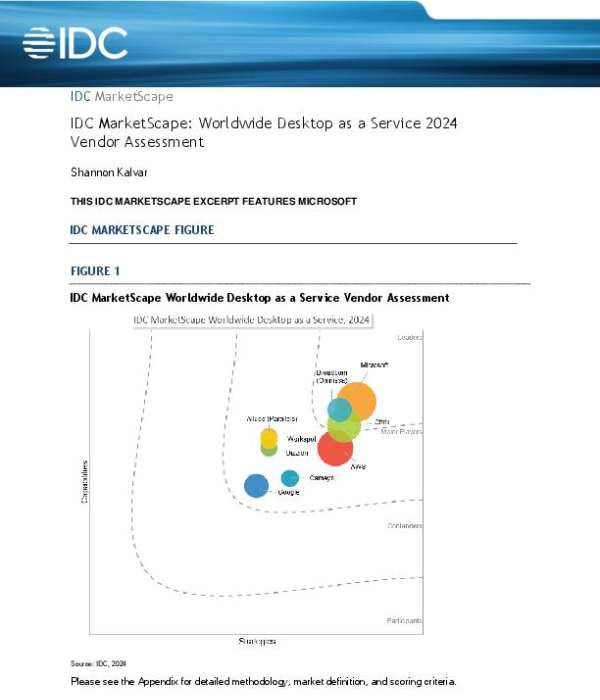
Break-fix IT support is like a plumber.
You only call a plumber after something has broken. The plumber then comes into your house, fixes the problem, and leaves. Similarly, break-fix services only come in after your system stops working.
Managed IT services are offered by a third-party provider that handles all the IT needs of a business. Instead of waiting for something to break, managed IT services give your system the right upgrades and maintenance to keep any problems from happening in the first place.
But which IT service is better?
That depends on a number of things.
Keep reading to take a detailed look at break-fix IT support vs managed IT services.
The Pros and Cons of Break-Fix
The break-fix method is suitable for some businesses, but it’s an outdated way to receive IT services. It may seem handier and cheaper than managed IT services, but in many cases, it’s more complicated and more expensive.
We’ll take a closer look at the pros and cons of both break-fix and managed IT services. But you’ll come to see managed IT services are ideal for many companies.
In fact, nearly 60% of all IT service providers have switched to managed IT services.
Here’s a quick list of the pros and cons that come with break-fix IT support.
Pros
The biggest pros about break-fix IT support have to do with control and a lack of monthly fees. IT service providers won’t have access to your system around the clock, and you only have to pay for IT services when you need them.
- No Monthly Service Fees/Contracts
If you can’t afford to pay an IT service every month, break-fix support gives you another option. This can be helpful for businesses that don’t have a lot of It needs. For businesses that rely on technology, this might not be the best choice.
Monthly fees are predictable, and you can budget around them. When it comes to break-fix support, you never know how much money you’ll have to pay and when. That can make a lack of contract harder to deal with in the long run.
- Control
When you sign a contract with a managed IT service provider, you’re giving them complete access to your system. This can make it difficult to know who’s looking at your information. If you don’t like the idea of other people being involved in your technology, break-fix IT support keeps other people out of your system.
Cons
While those two pros can be helpful to some businesses in the right circumstance, the break-fix disadvantages often outweigh the benefits. Here are the main reasons many companies choose managed It services instead.
- Downtime
Your business loses money for every second your system is down. If you wait for something to break before you fix it, your system will be shutting down a lot.
Let’s take a look at this example.
Back in 2013, Amazon.com went down for about 30 minutes. During this short period of time, the company lost $66,240 every minute. While your company might not lose that much money, this should show you how important it is to keep your system running at all times.
When you rely on a break-fix method, this becomes difficult and sometimes impossible.
- Cost
You might only have to pay for break-fix services when you have a problem, but you’ll have to pay more than you might expect. The cost for these services includes paying for a consultation, hourly labor, and the needed repairs.
On top of that, it’s hard to budget for unforeseeable events. So break-fix can become a financial burden.
- Repeat Problems
Break-fix services don’t provide any preventative measures. That means the same problems can keep happening over and over again. You’ll have to call break-fix support for the same issues.
- Harms Productivity
Break-fix services hurt your team’s productivities in two different ways.
First of all, it’s hard for your employees to do their jobs if the system is down. And many businesses who don’t have managed IT services rely on a tech-savvy employee to take care of their day to day needs. While this might work, it’s pulling that employee away from the job they should be doing.
- Hidden Threats
Because you don’t get any kind of system monitoring from break-fix services, you won’t notice problems until they’ve already caused serious damage. You can’t find and prevent these problems when they’re still small.
The Pros and Cons of Managed IT
While break-fix IT support can be helpful to some businesses, most IT providers agree managed IT services are a better choice. There are many more pros than cons for this method, and the benefits speak for themselves.
Take a look below.
Pros
Unlike break-fix IT support, managed IT services have more advantages than disadvantages. Here’s a quick look at the benefits companies receive with this kind of IT support.
- Prevention
Managed It services can find problems when they’re small and resolve them before they cause any harm. They also protect your system against things like cybercriminals and viruses with the most advanced technology.
- Updates
Instead of fixing a problem and walking away, managed IT services give your system the appropriate updates. This ensures you have the best technology at all times.
- Constant Monitoring
Because managed IT services constantly monitor your system, they can prevent threats or other problems. But if something did happen to your system, managed IT services are already familiar with your system. That means they can get it back up and running faster than break-fix support.
- Fixed Cost
You sign a contract with managed IT services that requires you to pay a monthly cost. No matter what happens to your system after that, you only pay this fixed price. In other words, you won’t have to deal with any surprise costs.
- Helpdesk Support
You have access to managed IT services at all times. No matter what problem or concern you have, the IT services will help you resolve the issue.
Cons
Despite these benefits, managed IT service does come with some downsides as well. But for many companies, they don’t consider these disadvantages to be big problems.
- Contracts
You have to sign a contract for managed IT services. This might feel like a big commitment for some businesses. But these contracts benefit the business owner, not just the IT provider. They ensure you’re IT needs are met with a high-quality level of service.
- Trust
Your IT provider will have full access to your system. This can be a huge benefit, but it does mean you have to put a lot of trust in your provider. But this doesn’t give you less control than break-fix services. You signed a contract with your provider, so they must adhere to specific guidelines, unlike break-fix support.
Which Service Should I Use?
Managed IT services are a better option for many businesses. But there are certain circumstances where you might benefit from break-fix services.
For example, if you have an extremely limited budget, don’t have many IT issues, and can handle downtime, you can consider break-fix services. Because this isn’t the case for many businesses, you should stick with managed IT services in most cases.
Looking for managed IT services for your business needs? Take a look at how we can help you.
Ludovic Levivier
Founder & CEO, LINC Project, INC. a Managed Service Provider in New York and San Francisco



.png?width=306&height=50&name=Logo_width.jpg(2).png)


